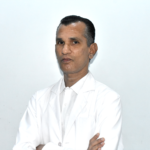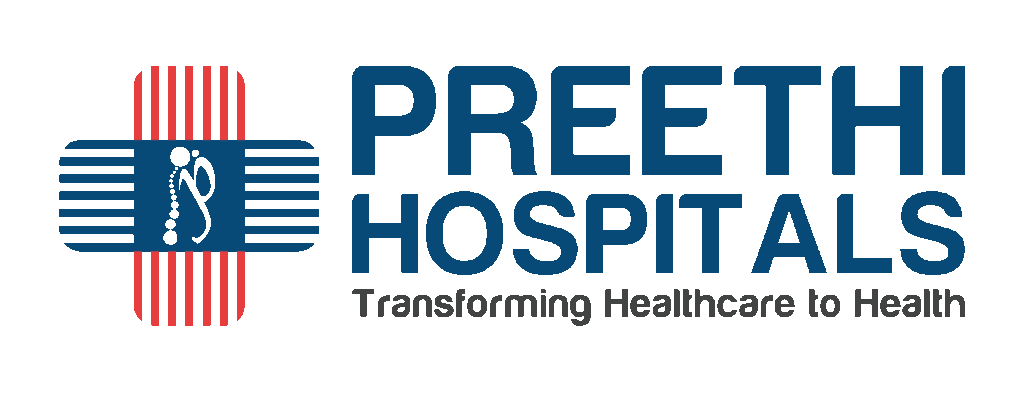Anesthesiology and Critical Care
- Home
- Anesthesiology and Critical Care

About Department
Anesthesiology and Critical Care
The Department of Anaesthesiology and Critical Care of our hospital provides wholesome comprehensive peri-operative care with round-the-clock availability of seven full-time Consultants with Dr. Balaji as Academic head, Dr. Suresh as Clinical Head and Prof. Dr. Rajaram Manoharan as head of Emergency Department. The Department offers OT Services & 24×7 ICU and Emergency Room Services.
our team
Department of Anesthesiology & Critical Care

Dr. D. Senthil Kumar
MD, PDCC, FRCA
26 Years of Experience
Expertise
- Cardic Anaesthesia And Cardiac Intensive Care
- Intensive Care
- Major Oncology And Reconstrive Surgery Anaesthesia

Dr. T. Balaji
MD (Anesthesiology)
10 Years of Experience
Expertise
- Regional Anaesthesia
- Expert in Pediatric Anaesthesia
- Ultrasound-guided nerve blocks and vessel annulations
- Expert in giving anaesthesia to high-risk patients undergoing complex procedures

Dr. J. Suresh
MD., DNB., EDIAC.,
9 Years of Experience
Expertise
- Regional Anaesthesia
- Managing high-risk cases for surgery
- Participated as a delegate in many national anaesthesia thesis conferences

Dr. Gowtham
MD( Anesthesia )., DrNB(Critical Care Medicine )., EDIC., Fellowship in Critical Care( University of Toronto., Canada)
Consultant
Dedicated Polytrauma Management Team
Trauma remains the third most common cause of mortality. We as a team of Anaesthetists and ER physicians at Preethi hospitals with a better understanding of the pathophysiology of polytrauma patients, guide the Anaesthetic and Intensive care of patients requiring surgical intervention. We have dedicated ER Nurses, Trauma surgeons, Neuro surgeons along with level 3 trauma intensive care with all the recent life-saving equipment to provide appropriate care for all trauma patients. Our team of Trauma Anaesthetists provide care to the patients from the pre-hospital setup itself, followed by sedation and analgesia in the Emergency Department (ED), ongoing haemodynamic resuscitation, dealing with trauma-associated coagulopathy, preoperative optimization, ventilatory management, surgical / Anaesthetic care, intensive care monitoring, and rehabilitation including pain management.
Pain Relief - on Arrival Blocks in ER
We have a dedicated point-of-care Ultrasound machine in the ER, with the help of the 24*7 availability of anaesthetist, we are providing excellent analgesic measures to patients arriving in the ER with trauma-related pain and agony.
The use of Ultrasound has led to increased safety and utility of regional techniques It provides rapid relief of Acute pain and dense Anaesthesia to the specific injured part The advantages of these regional techniques are superior analgesia with fewer adverse events, keeping a patent airway, reduced opioid requirement in case any intervention is required, reduced need for monitoring, and faster recovery. They allow reassessment for any neurological insult, quicker triage, and earlier readiness for transportation.

Academic
Academic Activities
Our Department has been recognized by NBEMS for conducting DNB courses in Anaesthesiology since 2020. Currently, four Post graduates are pursuing their courses at our Institute. We regularly conduct Lectures, Symposiums, Journal discussions and ample hands-on training for the post-graduate trainees. The number of DNB PG training Seats has been Increased to 3 by the NBEMS Board from the year 2023.
Success Stories
Challenges and Sucesses
Thrombotic Microangiopathy Induced Acuterenal Failure Timely Diagnosis & Management
A 17-year-old male was admitted to our hospital with a history of snake bites 4 days ago after initial treatment at a government hospital. Initial examination revealed a swollen left leg with altered sensorium and sub-conjunctival haemorrhage with anuria. A diagnosis of hepatotoxic snake bite / DIC/ acute renal failure/ uremic encephalopathy/ ARDS was made. He was electively intubated and mechanically ventilated.
He underwent 6 cycles of hemodialysis during his stay in the ICU. Blood products like FFP and platelets were transfused accordingly. He was weaned off from the ventilator and extubated after 5 days. He underwent wound debridement, excision of necrotic slough and SSG later on under regional blocks. His general condition improved with a decrease in renal parameters and was discharged 15 days after admission.
Twisted Diagnosis in a Patient with Post-Operative Respiratory Distress
A 28-year-old female was admitted to our hospital for a bilateral tibial fracture with bilateral lung contusion following a road traffic accident for further management. patient underwent B/L IMIL NAILING under Combined spinal anesthesia and the operative period was uneventful. In the immediate postoperative period, the patient develops increasing respiratory distress with desaturation with hypoxemia and sinus tachycardia. Trans thoracic echocardiogram revealed a dilated right atrium and right ventricle with moderate pulmonary hypertension with normal left ventricular systolic function.
The patient was stabilised with mechanical ventilation and cardiac support with inotropes. CTPA was done given the high suspicion of pulmonary embolism and it revealed intra-luminal filling defects in both lung lower lobe segmental pulmonary arteries. Cardiorespiratory and other organ support measures were continued along with Low molecular weight heparin and other supportive treatments. Since the patient could not be weaned from mechanical ventilation, with altered sensorium and CT brain findings of cerebral oedema, and CT chest revealing patchy areas of ground glass opacities with smooth septal thickening extending up to pleura, an MRI brain was done, which revealed multifocal low signal areas in both sides of cerebellum, brainstem, basal ganglia, thalamus, splenium of corpus callosum with starry night pattern suggestive of cerebral fat embolism. IT WAS “A CASE OF FAT EMBOLISM SYNDROME WITH CONCOMITANT PULMONARY THROMBO EMBOLISM”. She was further managed with continued mechanical ventilatory support with tracheostomy. She improved well and was weaned off mechanical ventilation and discharged after 20 days of admission.








